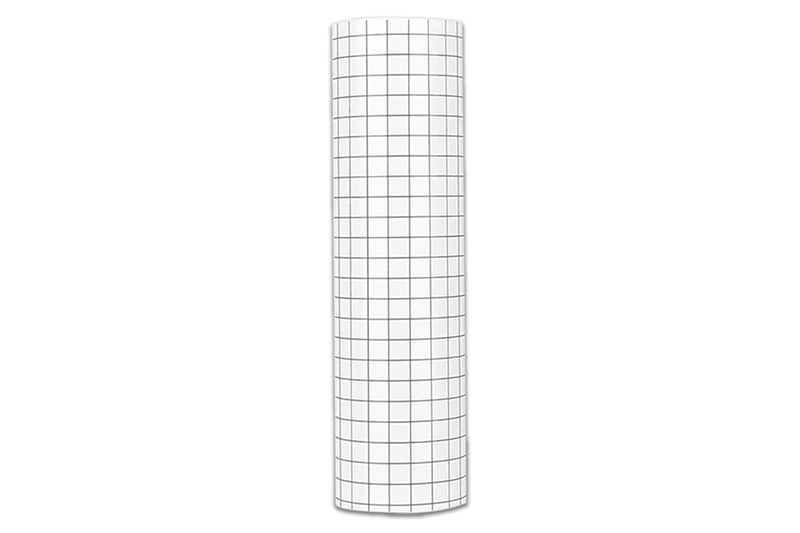The carrier material in transfer tape plays a crucial role in the application process and the overall performance of the tape. Here are some key reasons why the carrier material is important in transfer tape application:

1. Stability and Handling: The carrier material provides stability and support to the transfer tape during the application process. It acts as a backing, allowing for easy handling, positioning, and application of the tape onto the desired substrate. The carrier material ensures that the tape remains intact and can be easily manipulated without tearing or stretching.
2. Alignment and Positioning: The carrier material aids in the alignment and precise positioning of the transfer tape. It typically has visible guidelines or markings that assist in aligning the tape accurately on the substrate. This ensures that the tape is applied in the desired location and orientation, resulting in professional-looking and well-aligned graphics, labels, or other adhesive applications.
3. Ease of Application: The carrier material makes the application of transfer tape easier and more efficient. It provides a stable surface that allows for smooth and controlled transfer of the adhesive from the tape to the substrate. The carrier material ensures that the adhesive is evenly applied and prevents air bubbles or wrinkles during the application process, resulting in a clean and professional finish.
4. Removal of Liner: In some cases, the carrier material also functions as a liner that protects the adhesive layer until it is ready for application. The liner can be easily removed, allowing the adhesive to bond to the substrate. The carrier material ensures that the liner separates cleanly from the adhesive, preventing any residue or damage to the tape or substrate.
5. Compatibility with Application Equipment: The carrier material is designed to be compatible with various application equipment and techniques. It should be suitable for use with manual application methods as well as automated systems. The carrier material should be able to withstand the tension, pressure, and speed involved in the application process without causing any issues or damage to the tape or equipment.
6. Flexibility and Conformability: The carrier material should have the necessary flexibility and conformability to adapt to different surfaces and contours. It should be able to adhere smoothly to curved or irregular surfaces without lifting or wrinkling. This ensures that the transfer tape can be applied to a wide range of substrates, including rigid or curved surfaces, with ease and precision.
7. Strength and Durability: The carrier material should have sufficient strength and durability to withstand the application process and any subsequent handling or transportation. It should be resistant to tearing, stretching, or deformation, ensuring that the transfer tape remains intact and usable throughout the application and beyond.
The carrier material in transfer tape application is essential for providing stability, facilitating proper alignment and positioning, ensuring ease of application, and enabling compatibility with different application methods and equipment. Its quality, flexibility, and strength contribute to the overall performance and effectiveness of the transfer tape in various adhesive applications.
Kenteer is producing transfer tape , please contact us if you need cooperation.
